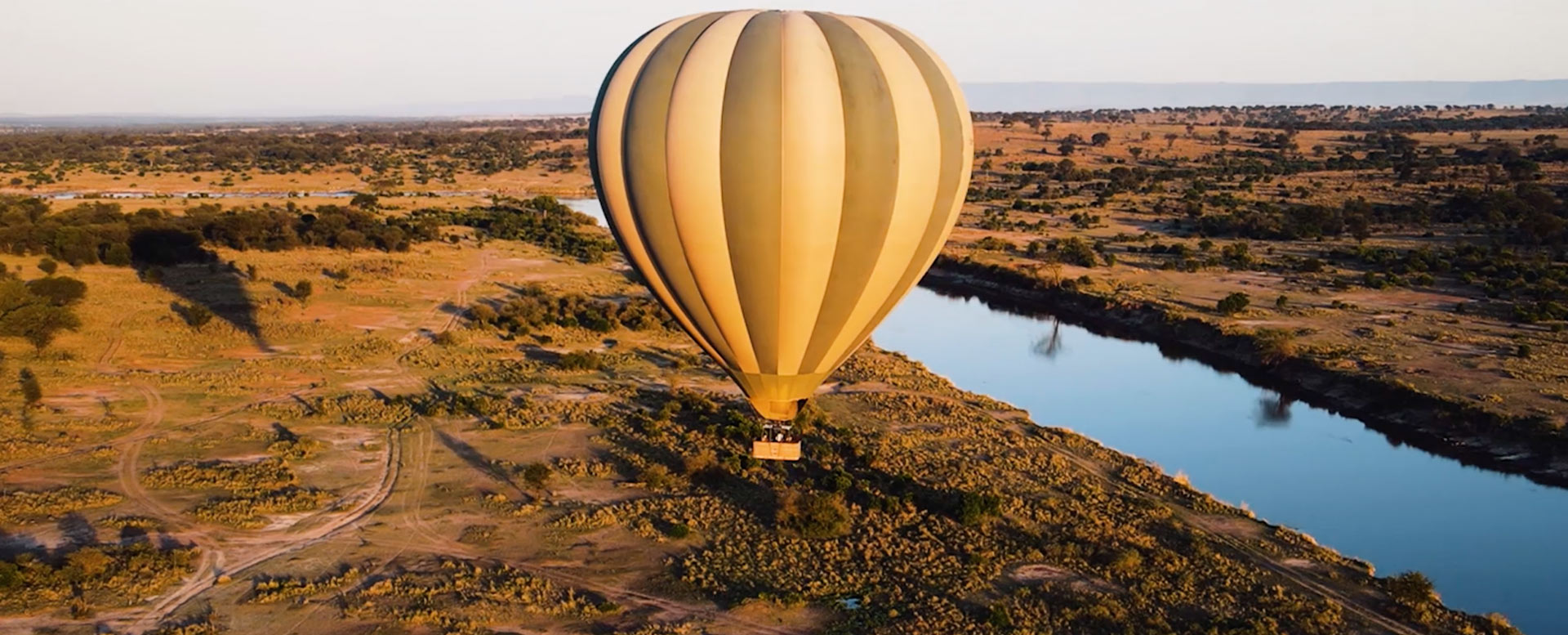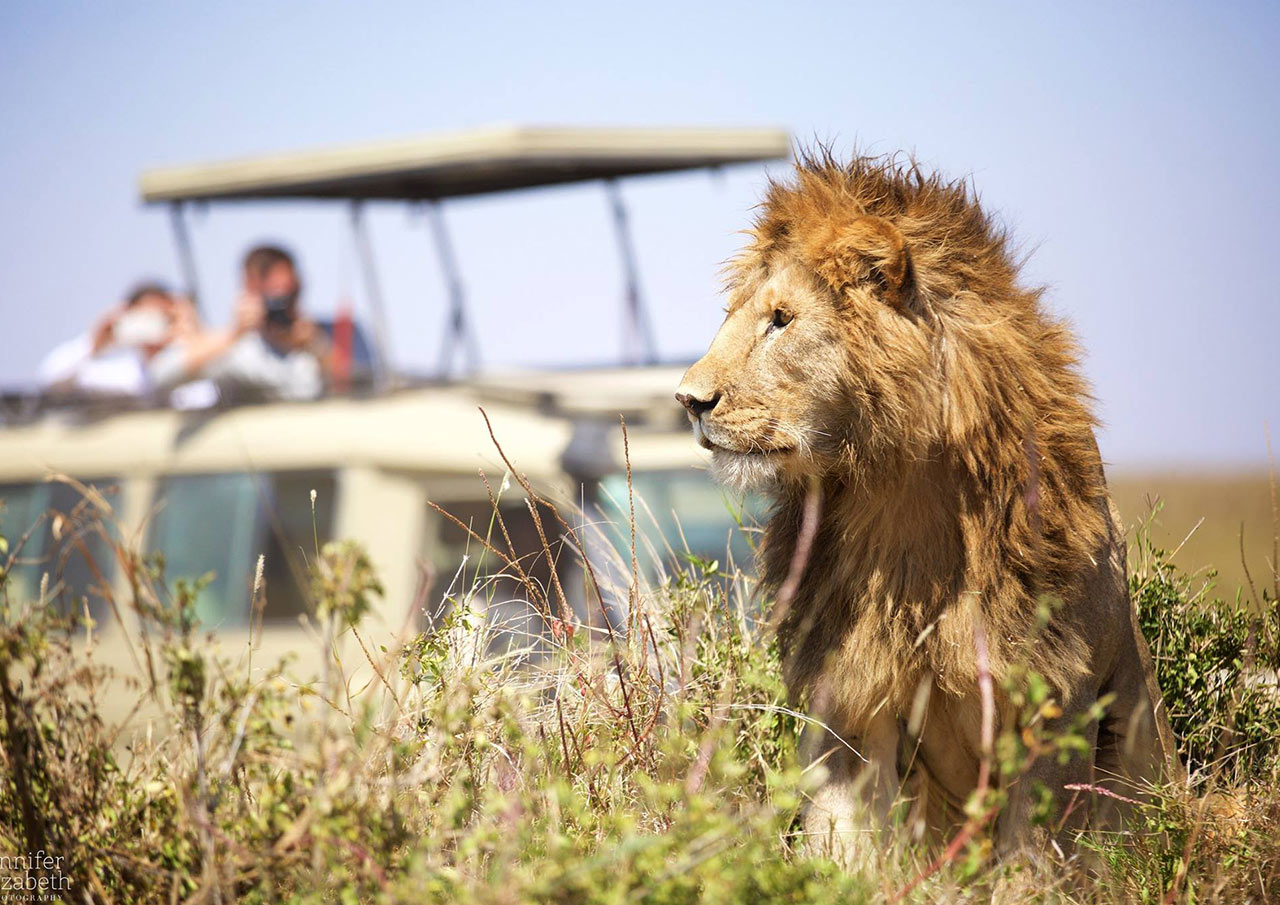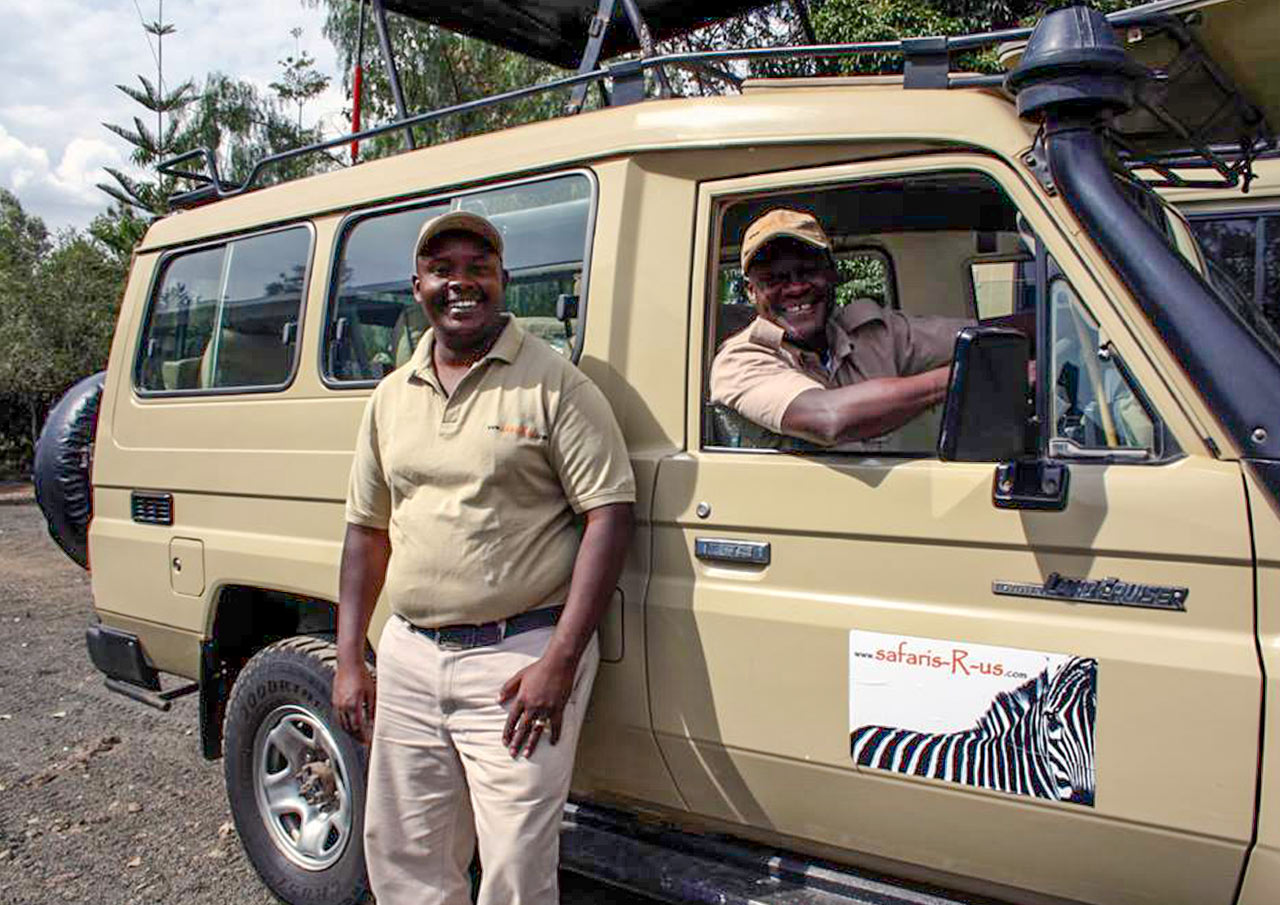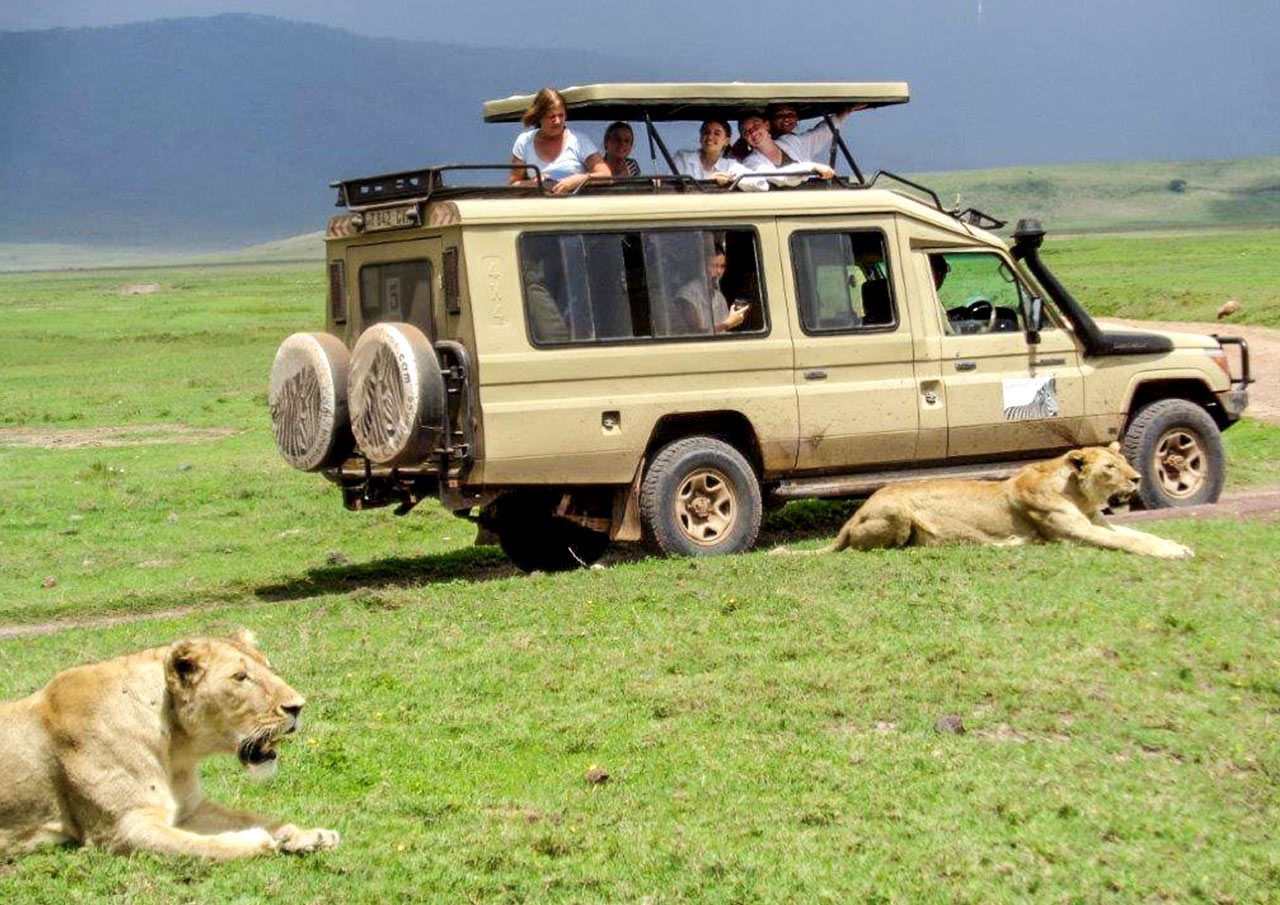- Summer - Calving Season (Dec-March)
- Autumn - Green Season (March - June)
- Winter - Jump Season (July - Aug)
- Spring Time - Dry Season (Sept- Nov)
Even though this is considered the ‘hottest time of the year’, the highest average temperature is only 28C and the average coolest temperature is 15C. Inland East Africa is at a high altitude but also sits on the equatorial belt, therefore it has one of the best year round climates in the world. You may obtain more detailed weather information by going to the following link: Arusha weather
However not everything is perfect and there are some year round weather extremes in Tanzania which you should know about:
• In the Ngorongoro Crater area (especially on the rim), evenings and early mornings can be quite cold so dressing in layers is a good strategy (so you can shed or add layers as required)
• Zanzibar is down on the Tanzanian coast (a 12 hr drive and a ferry trip away from Arusha) so it has a typical tropical climate. Swimming is on the agenda every day all year round in Zanzibar.
From around late November, the short rains start marking the end of the dry season. Even though the short rains are usually sporadic and don’t last long, we still recommend adding an extra day to safari itineraries during this time as an insurance against possible bad weather. Heavier rains usually start in late March. Tanzania is a year-round birding destination with over 1000 species, but it’s especially good during December to February when approximately 160 species of migratory birds make their way south.
January, February and early to mid March are also good months for climbing Kilimanjaro.
With regard to the two million wildebeest and zebras (who often graze together because each animal prefers a different part of the same grass) who participate in the greatest wildlife show on earth – the annual 3,000km cyclic migration, the herd is generally in the southern part of the Serengeti during December through to March. This time of the year coincides with “calving season” because zebras usually give birth in January and then from late January through to mid March, over 90% of the wildebeest give birth. Wildebeests have actually evolved so that most of their calving happens within a three week period, where 8,000 wildebeest calves are born each day! Wildebeest calves can run minutes after they are born and can keep up with the herd when they are only days old. With such a sudden and massive surge of available food, predators do not make any real dent in the newborn calf population.
The long rains usually start in late March, but don’t be put off, as safaris are still good. Wildlife concentrations are actually at their highest in southern Serengeti, and there’s the added bonus of having no dust around! With fewer crowds, lower accommodation prices and abundant wildlife, this can be the best time to go on safari (we simply recommend adding an extra day onto safari itineraries as an insurance against possible bad weather).
By June however, the skies have cleared and all the parks have begun their season of change as the dry season sets in.
With regard to the wildebeest/zebra migration, by April and May the southern Serengeti plains have been eaten out and are no longer able to sustain the large herd with its new offspring. So, magically, the herd starts to move (in lines which can be kilometres long), towards the long grass plains and woodlands of the Serengeti’s Western Corridor. For the migrants, there is a high mortality rate due to injury and perhaps fatigue, so large numbers of vultures follow the herds along their journey as well. Over the complete 3,000km cyclic migration trek, an estimated 250,000 wildebeest won’t survive.
During this movement towards the Serengeti’s Western Corridor, the wildebeest “rut” takes place during a period of about three weeks from mid June to early July. It is both chaotic and spectacular as approximately 250,000 males strive to mate with as many of the 750,000 plus females as they can
Even though it’s ‘winter’, most days you still only need a t-shirt by lunch time.
The rains are long gone and the air is cool and dry. This time is considered by many to be the best time for game viewing as most water holes have dried up and animals (and their predators!) are concentrated around the few remaining. However this time also coincides with the Northern Hemisphere summer holidays so it’s very crowded and advance bookings are essential as accommodation is in short supply.
Climbing Kilimanjaro is great during these months.
With regard to the wildebeest/zebra migration, from July onwards Serengeti’s western Corridor is eaten out, so the herd starts to move north as they look towards the Masai Mara in Kenya. Their first big obstacle is crossing the Grumeti River, which can get quite deep in places, especially if the rains have been good. The depth of the river makes drowning a real possibility and there are plenty of crocodiles happy to take advantage of any distress. After jump crossing the Grumeti River in Tanzania, the herd moves further north towards the Masai Mara. However before they can get to its sweet grasses, they have to jump cross a second river, the Mara River, which again is filled with hungry crocodiles and river lions waiting for them on the opposite side.
Please note that the vast majority of visitors do not witness the wildebeest crossing of the Grumeti and Mara Rivers as the timing and duration varies widely from year to year. It is difficult to predict when the crossings will take place as it depends on the rains, global warming and sadly the wildebeest don’t know how to read itineraries.
Temperatures are perfect and water holes are almost dried up. However the summer holidays are still on in the northern hemisphere, so it can still be crowded, although numbers are greatly decreased by November.
If you want to climb Kilimanjaro, September is a perfect time to do it.
With regard to the wildebeest/zebra migration, most of them are now in the Masai Mara in Kenya (with some still remaining in the north of Tanzania). However by November the Masai Mara pastures have been exhausted and like magic, the short rains start in the Serengeti sometime in November. This marks the end of the dry season and the migratory herd senses it. They now start to surge back down to the new green pastures of the Serengeti South.
November to May is a great time to see the wildebeest/zebra migratory herd in the Serengeti.
By December, most of the migratory herd is back in the southern Serengeti and early in the New Year they give birth once again…..and so the circle of life continues.
Please note that the migration routes, timing and direction changes from year to year as it is influenced by global warming, rains, and grass growth. The main herd also often splits into two or more smaller groups and depending on when you visit, seeing the migration cannot be guaranteed
Safaris R us












